Archery was never my favorite super-heroic attribute. Like running for speedsters, the necessary act of drawing an arrow out of a quiver, cocking it, and firing gets repetitive mighty quick. The golden ages of comics and film overlapped, and because the Robin Hood archetype was huge in movies until the 50s, every comic company seemed to have at least one arrow-slinging hero of their own. Green Arrow and Speedy were not the first, but they proved the longest lived. They were among a select few super-heroes to survive the genre bust of the late '40s and continue to be published, albeit as a back-up feature in the books of bigger names.
The first Green Arrow story I ever read was either an O'Neil/Adams issue of the book he shared with Green Lantern, which would have soared for the art alone, or a copy of The Brave and the Bold. I loved team-up titles, because the lesser character's origin was usually recounted in detail, and those are often the best stories a character has to offer. Green Arrow was a prominent member of the Justice League at the time, even though I likely didn't know him from Adam, so his origin was skipped in favor of a generic adventure. I think the Emerald Archer helped Batman save Robin from the Penguin, as if the Caped Crusader couldn't handle that on his own. The damned thing wasn't even drawn by Jim Aparo, who usually provided the best Batman art on the market.
Green Arrow had his own teen sidekick, but I had to wait for a New Teen Titans Drug Awareness Special to meet him. Even though it was a giveaway, I bought mine in a grab bag of comics from a thrift store. Speedy was in the best one, by the hit creative team from the actual series, Marv Wolfman and George Pérez. That was a great looking and melodramatic book in which Speedy, as a recovering heroin addict, took center stage. Roy Harper stood out for me from that moment on, both for his vibrant yet unappreciated costume, and for the all-too-human frailty so rarely allowed in super-heroes. Plus, he was the only hero I knew of at the time who dealt with real issues, like teenage runaways. Based on that comic, you'd think Speedy was Cloak, Dagger, and Daredevil rolled into one, but in fact he didn't even rate a steady gig amongst a group of teenage crime fighters.
Roy Harper was something of a bad penny from then on, turning up in all sorts of random places. While Mike Grell was making Green Arrow as "realistic" as was possible in telling crime and espionage stories involving a hero wielding an antique, Speedy was performing impossible trick shots and still employing the occasional high concept gadget arrow. Is it any wonder that, despite his sordid history and general underachievement, I still held Roy in much higher esteem than his rapidly aging, womanizing mentor? Sure, Speedy wasn't the brightest bulb, and he went down faster than Robin without his trademark crotch jabs, but Roy had heart and personality. That goes a long way.
Dick Grayson grew from Robin the Teen Liability into the fan favorite Nightwing, but was forced to sit out his prime earning years without a solo title at the behest of Marv Wolfman. As the Titans franchise continued its great collapse, the Batman Family editors decided to reclaim their prodigal son. Roy Harper was brought back to serve as a Nightwing proxy, re-dubbed Arsenal. In a purple outfit clearly meant to evoke the departing Grayson, Harper would diversify his weaponry, the better to pander to '90s fads. I didn't mind though, because it felt like Roy would finally come into his own, or at least Nightwing's abandoned own, which was way better than occasional guest spots in Action Comics and Deathstroke the Terminator
The Titans began hemorrhaging characters and fans, while Arsenal changed his costume every third month in hopes of catching the zeitgeist. Roy reconstituted a team he objectively had no business leading around whatever up and coming heroes DC wanted to promote. The inorganic mess finally bit the dust a few years into Roy's watch. However, that only opened up the opportunity for revivals and new teams capitalizing on Titans nostalgia, which was manna from Heaven for Roy. Like Aquaman and Martian Manhunter in JLA, Arsenal could ride a resurgent belief in the strength of foundation characters on DC teams out of irregular publication and back into the public eye.
During Roy's lean years, he slept with an international assassin named Cheshire, and conceived a little girl, whom he would claim sole custody of. While the mantle of Green Arrow had been taken up by Oliver Queen's multiracial bastard son, whom he'd spent nearly twenty years pretending not to know about, Roy became the rare example of a responsible, loving single parent super-hero.
Roy Harper, with seventy years of publishing history, translations into multiple media, the successful assumption of adult heroic identities, and a unique role to serve within comics through his parenting. Of course, especially in the current climate at DC, it couldn't be expected to last.
Fueled by screenwriter/director Kevin Smith's fan following, Oliver Queen had been restored as Green Arrow and as a presence on the sales charts. De-aged and having had a heroic "family" of his own spring up, Green Arrow became a prominent super-hero again. All was well and good so long as the cash kept rolling in, but as Queen's fortunes turned, his desperation knew no bounds. Black Canary was removed from her near decade long starring role in Birds of Prey, supposedly to lead a new Justice League, but soon revealed to become indentured support to Queen as his wife/partner. The bastard son/replacement, Connor Hawke, was placed in a coma to cut down on the redundancy of multiple archer heroes running around in the DC Universe. It was inevitable that Harper, now "Red Arrow," would be the next to fall.
Roy Harper couldn't be competition as an archer any more if he lost an arm, right? Avenging him would give Green Arrow a highly visible motivation for revenge. Not nearly enough to draw in the fanboys though, so why not kill Roy's little girl, too? Why not strip everything from Roy? Have him backslide into drugs? Watch his team fall apart around him? Maybe even lose his sanity? Claims could be made that this would be his opportunity to be "Born Again" as a player, but step by step, Harper just goes deeper into the darkness. You don't build a fan base for Arsenal as a hyper violent vigilante by going so far as to have him suffer erectile dysfunction while attempting rough sex with his dead baby's momma, though. The geeks get uncomfortable about that sort of thing, and really, how many consecutive comics can you have a hero sink into the muck until he can't rise, phoenix like, from the ashes of his former life?
No, when you heap on the degradation to an unbearable degree, and announce your protagonist's upcoming association with a group of mercenary hero killers, the point is not to redeem your character. Green Arrow has a fairly thin rogues gallery and a fairly lame set of abilities, so it stands to reason you can help shore up the character by turning his derivative sidekick into a sympathetic adversary. Poor Roy Harper. So much potential to be a positive role model and unique brand of super-hero. Instead, it's all squandered in favor of a particularly nasty heel turn. Well, that's my present theory, anyway. Still, wrong or not, I just wanted to take a moment to mourn what could have been, and express my ever growing disdain for Green Arrow and the modern DC Universe in general. Roy, I'm truly, deeply sorry for your loss.
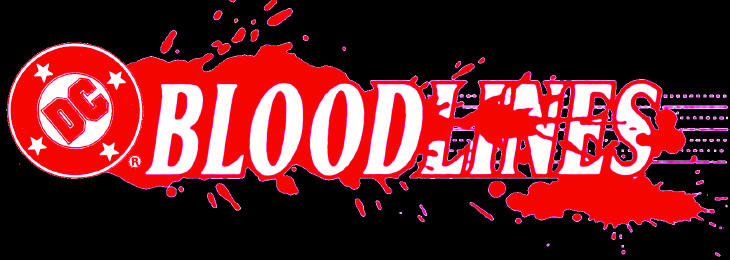
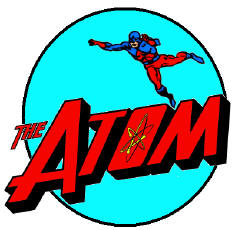
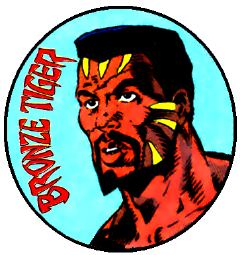
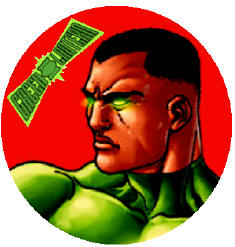
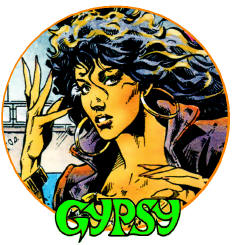


1 comment:
Sorry DC had to crap all over one of your favorite characters, but at least it inspired another excellent Diabolu essay.
Post a Comment